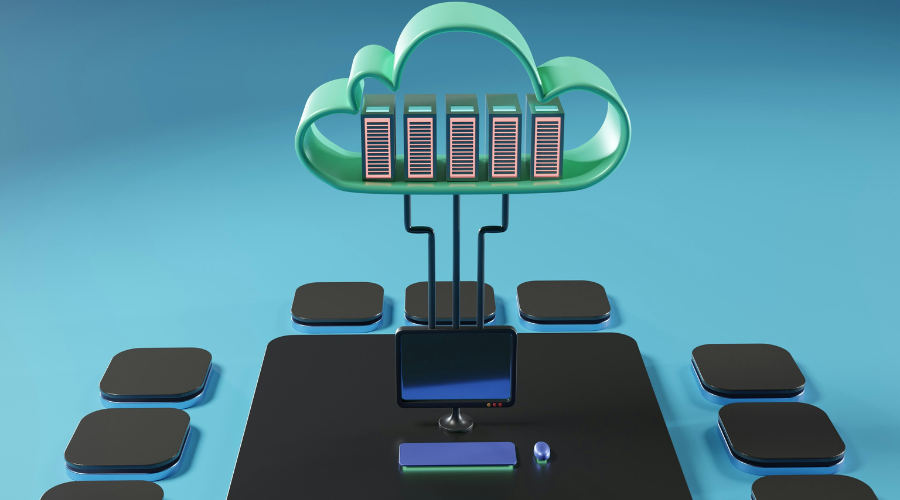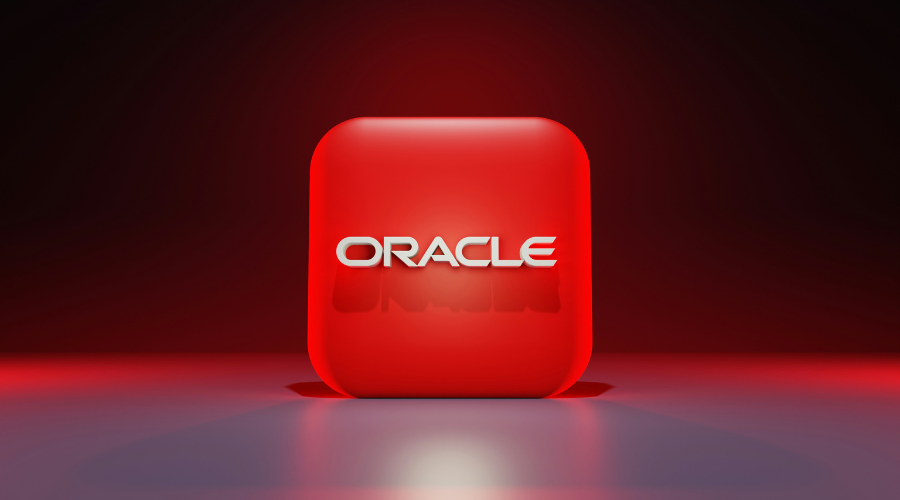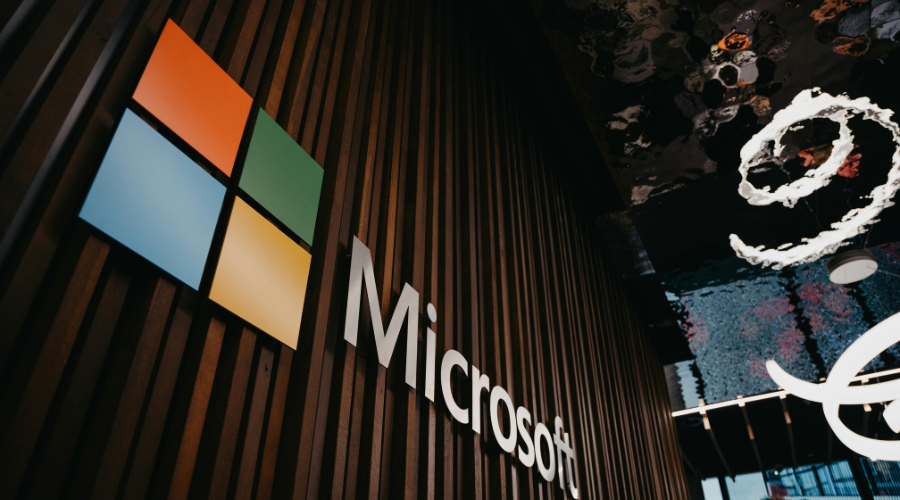Imagine a hacker typing just a few keystrokes in Singapore, typing just a few keys and in seconds, a corporate firewall in London is being attacked. In our hyperconnected environment, cyberattacks do not wait for defenders to respond. The new race in cybersecurity is no longer about detection, but preventing an incident in real-time.
Check Point Software Technologies has raised this bar with its latest product, ThreatCloud NextGen, an advanced AI-powered threat intelligence platform designed to prevent strikes before they occur. In this blog post, we review how Check Point’s ThreatCloud NextGen applies AI-based intelligence to predict, detect, and prevent cyberattacks in real-time.
A new era of intelligent prevention
For many years, ThreatCloud has served as the intelligence backbone of Check Point's cybersecurity ecosystem, analyzing billions of Indicators Of Compromise (IOCs) and threat signals daily. The latest version, ThreatCloud NextGen, is a major leap forward. ThreatCloud NextGen leverages artificial intelligence, deep learning, and big data analytics to anticipate, analyze, and block threats with unprecedented speed and precision.
According to Check Point, the NextGen platform pulls from a network of over 90 AI-powered security engines that continuously learn from a global ecosystem of sensors, partners, and customers. When one organization identifies a new strain of malware or a phishing campaign, the intelligence is shared throughout the network instantaneously keeping others safe and protected within seconds.
In other words, ThreatCloud NextGen is turning reactive security into predictive security.
Inside the engine room
The new ThreatCloud employs numerous AI models for analysis of not just file behavior and network anomalies, but also DNS tunneling and brand-spoofing attempts. The notable features of the new ThreatCloud include:
- Zero-Phishing Engine: Behavioral analysis and machine learning are used to find fake sites that are imitating legitimate brands.
- DNS & Domain Detection: Malicious domain patterns and command and control (C2) traffic are detected using deep learning models.
- Malware DNA Analysis: Detects polymorphic malware those that change their digital “fingerprints” to evade signature-based defenses.
- Real-Time Global Sharing: When a threat is detected in one region, protections are updated and shared globally in a matter of minutes.
These capabilities reportedly provide over 99.8% accuracy in malware detection, while minimizing false positives the latter is a key consideration for enterprise SOC teams that are already inundated with alerts.
Part of a unified cybersecurity fabric
ThreatCloud NextGen is not a separate product rather, it is the intelligence layer that powers Check Point's Infinity architecture, the security solution for networks, cloud, endpoints, and mobile.
What this means is that all components; from Quantum firewalls to CloudGuard and Harmony Endpoint, use the same live threat intelligence. Thus you have a single source of truth across all components providing unified protection, uniform policies, and reduced security blind spots.
Check Point's perspective in this space aligns with broader industry movement toward "prevention-first" security, with an emphasis on proactively blocking versus reactively detecting. Along with supporting hybrid and multi-cloud environments, the centralized intelligence layer means that organizations can reduce complexity while still having a single view of their security posture in real-time.
Why it matters now
The timing couldn’t be more critical. Cyber threats are becoming more automated, more evasive, and more AI-driven themselves. Attackers increasingly exploit AI-generated phishing, deepfake impersonations, and zero-day vulnerabilities to bypass traditional defenses.
ThreatCloud NextGen is a true counter solution - it uses AI to think and act faster than the malicious actor. ThreatCloud NextGen takes vast global telemetry of threats and converts it into active prevention, giving the defender the split second they need to take the lead. For enterprise, this means:
- Faster block on threats and reduced incident response time.
- Less false positives due to smarter contextual analysis.
- Consistent protection in the cloud, mobile and on-prem environment.
- Less operational overhead by having one consolidated intelligence engine to drive all layers of defense.
The road ahead
Although Check Point's assertions are remarkable, there is no security platform that is impenetrable. Whether ThreatCloud NextGen will be successful in practice will depend on how well organizations are able to implement it into their current workflows, risk governance structure, and data privacy programs.
That said, its launch signals a definitive change in the philosophy of cybersecurity: Moving from attacks being detected to being prevented before they begin.
With cyber warfare becoming more rapid and complex, intelligence, not just technology will ultimately determine who will be victorious. With ThreatCloud, Check Point is betting on AI prevention being the future of defense.






